No products in the cart.
7 Days : Marrakesh -OUARZAZATE-DADES- Merzouga – Chgaga – Taroudant – Marrakesh
Category: Marrakech Tours Departures
Tags: Chgaga, Marrakesh, Merzouga, Taroudant
7 Days : Marrakesh -OUARZAZATE-DADES- Merzouga - Chgaga - Taroudant - Marrakesh
- Day 1 : Marrakesh city visit
- Day 2 : Marrakech - ouarzazate
- Day 3 : Ouarzazate - dades - merzouga
- Day 4 : Merzouga adventure
- Day 5 : Merzouga - Zagora - Chegaga
- Day 6 : Chegaga - taznakht - taroudant
- Day 7 : Taroudant - tizi ntast - Marrakesh
Almoravid Empire. The Marrakesh was founded in 1070 by Emir Abu Bakr ibn Umar as the imperial capital of the city was one of Morocco’s four imperial cities. In the 12th century, The red walls of the city, built by Ali ibn Yusuf in 1122–1123, and various buildings constructed in red sandstone during this period, have given the city the nickname of the « Red City » or « Ochre City ».
Marrakesh grew rapidly and established itself as a cultural, religious, and trading center for the Maghreb and sub-Saharan Africa. Jemaa el-Fnaa is the busiest square in Africa.
Marrakesh comprises an old fortified city packed with vendors and their stalls. This medina quarter is a UNESCO World Heritage Site. Today it is one of the busiest cities in Africa and serves as a major economic center and tourist destination.
Saadian sultans Abu Abdallah al-Qaim and Ahmad al-Mansur, embellish the city with sumptuous palaces such as the El Badi Palace (1578) and restored many ruined monuments. Beginning in the 17th century, the city became popular among Sufi pilgrims for its seven patron saints who are entombed here.
Places to visit :
1 – Jemaa el fnaa
– The Jemaa el-Fnaa is one of the best-known squares in Africa and is the centre of city activity and trade. It has been described as a « world-famous square », « a metaphorical urban icon, a bridge between the past and the present
2 – Souks
Marrakesh has the largest traditional market in Morocco and the image of the city is closely associated with its souks principal shopping attraction, historically the souks of Marrakesh were divided into retail areas for particular goods such as leather, carpets, metalwork and pottery.
3 – City gates and walls
– The ramparts of Marrakesh, which stretch for some 19 kilometres
around the medina of the city, were built by the Almoravids in the 12th century as protective fortifications. The walls are made of a distinct red (ochre) , giving the city its nickname as the « red city »; they stand up to (5.8 m) high and have 20 gates and 200 towers along them.
Gates : Bab Agnaou , Bab doukala,Bab lkhmis,Bab e-rob, Bab adbagh.
4 – Gardens
– The Menara gardens are the botanical gardens to the west of
Marrakesh
– The Majorelle Garden, on Avenue Yacoub el Mansour, was at one time the home of the landscape painter Jacques Majorelle
– The Agdal Gardens, south of the medina and also built in the 12th century, are royal orchards surrounded by pise walls
– The Koutoubia Gardens are behind the Koutoubia Mosque. They feature orange and palm trees
5 – Palaces
– The El Badi Palace flanks the eastern side of the Kasbah. It was built by Saadian sultan Ahmad al-Mansur
– The Royal Palace, also known as Dar el-Makhzen, is next to the Badi Palace.
– The Bahia Palace, set in extensive gardens, was built in the late 19th century by the Grand Vizier of Marrakesh, Si Ahmed ben Musa
6 – Tombs
– The Saadian Tombs were built in the 16th century as a royal necropolis for the Saadian sultans and their family members. It is next to the south wall of the Kasbah Mosque
– The medina holds the tombs of the seven patron saints of the city, which are visited every year by pilgrims
7 – Mellah
– The Mellah of Marrakesh is the old Jewish Quarter (Mellah) of the city, located is in the kasbah area of the city’s medina, east of Place des Ferblantiers. It was created in 1558
Morning after breakfast we continue across the Tizi-n-Tichka Pass (2260m). Stopping along the way for photos and enjoying the panoramic views of High Atlas Mountains along with Berber villages, through kasbah telouet, is a Kasbah along the former route of the caravans from the Sahara over the Atlas Mountains to Marrakech. The kasbah was the seat of the El Glaoui family’s power, thus sometimes also called the Palace of Glaoui, The passage of the merchant caravans, which connected the desert with the large cities situated on the other side of the Atlas, and the proximity of the salt mines, made the wealth of the Pashas inhabiting Telouet.
Through the ounila valley , the Ounila river has transformed the landscape. A rich variety of green crops line the valley floor, contrasting with the rusty red rock of the canyon-like walls,we arrive to ksar ait ben haddou (the UNESCO World Heritage Centre where movies such as Gladiator and Jesus of Nazareth were filmed).
The ksar, a group of earthen buildings surrounded by high walls, is a traditional pre-Saharan habitat. The houses crowd together within the defensive walls, which are reinforced by corner towers. Ait-Ben-Haddou, in Ouarzazate province, is a striking example of the architecture of southern Morocco, we continue to ouarzazate,felming location and the official residence of the Glaoui family (cinema studios , kasbah taourirt).
Leaving early in morning ouarzazate ,through skoura(Skoura is a fertile oasis lined with immense palm groves. The Kasbah Amerhidil is part of Skoura palm grove alongside more), we arrive to roses valley , stop photos in mgoun river (kasbahs,gardens,bérbér daily…..), River flows through the valley quenching a miraculous, winding path of fruit, walnut, wheat, silver birch and almond trees,we continue to to tinghir , visit gorges of todra(canyons), through tinjdad , arfoud famous for its fossilized marbles we arrive to merzouga and the desert where you can watch the sunset over the dunes. Dinner and overnight at the berber tent in bivouac.
If you are in the middle of the desert, it’s worth getting up early to enjoy watching the most spectacular sunrise ever seen on top of a dune near the camp and enjoy this landscape that is a gift of nature.
This is a full day desert. . After sunrise, we return to Merzouga on camels, where a good breakfast awaits us. After all go around the Erg Chebbi » wonderland of sand » is ideal place for camel trekking ,hiking ; visit souk and ksars , visit tafilalt pal grove , Arenotherapie cure, a large expanse of sandy desert where the Great Dune of Morocco, which has more than 250mts high. Then continue along the road formerly used for “Paris – Dakar” and ends in the mountains bordering Algeria. Then continue down a path in which we can see nomadic settlements and learn their secrets and customs. The next stop will be at Khamilia then people originally from Mali, where we can have a cup of tea while relaxing heard a concert of spiritual music Gnawa. Transfer your accommodation and free afternoon to enjoy the city or nearby dunes to the hotel to see the sunset.
Departure to rissani ancient capital of Tafilalet(big oases in africa), A former major caravan center, Rissani remains a major commercial center in the region, with a large souk, particularly lively on Tuesdays, Thursdays and Sundays. It is noted for its leather and goat skin trading.
The mausoleum of Moulay Ali Cherif, third great-grandfather of Moulay Cherif, founder of the Alaouite Dynasty of Morocco, is located on the southern edge of town.Through msissi nkob the beautiful desert and mountainous landscapes, Oasis, kasbah we arrive to tansikht begenning the draa valley adventure , Following traces of river draa , a stunning oasis home to Berber villages, sumptuous Kasbahs , lush green plains , palm trees .
the big dunes of Chegaga will give you the chance to enjoy the tranquility of the countryside, desert wild life, sand dunes with Tamarix trees that are very exceptional in the southern desert of Morocco,
stop in tamgrout village historically served as a hub of learning and religion through its famous Sufi zawiya. This was a historical center of the Nasiriyya order, one of the most influential (and at one time one of the largest) Sufi orders in the Islamic world. Tamegroute’s glazed ceramics are also very well known.
Mhamid village is a small oasis town in Zagora Province, M’Hamid was always a center for traveling nomads and caravans. Today the town is the starting point for tourist camel and 4×4 safaris into the desert.
Chegaga, the highest dunes in southern Morocco (300m high),crossing this océan of sands with car 4/4 and camel ride to arrive to bérbére tent in the bivouac .
Following traces of river draa and road of paris- dakar ralley , we arrive to iriqui lake, foum zguid village , arrive to taznakht to discover this bérbére town and his famous carpet .
— Taliouine is famous for its production of saffron and is one of the main exporters of this spice worldwide. The town celebrates Anmugar Amadal N Zafran, Le Festival International de Safran every year in winter (usually November), the season in which the saffron flower germinates. the value of Talaouine saffron is recognized worldwide.
— Taroudant The town is known as the « Grandmother of Marrakesh » because it looks like a smaller Marrakesh with its surrounding ramparts. In the sixteenth century, the Saadi dynasty briefly used Taroudant as a capital before it moved its royal seat onwards to Marrakesh. Today, the city has the feel of a small fortified market town on a caravan route.
The town walls are nearly 6 kilometres long and are set with bastions and punctuated by nine gates that are still in use.Outside the wall is a small tannery mainly in the business of travel equipment for camel riding, such as goat skin, camel hide sandals, leather bags and belts.
The Berber market, called Jnane al-Jaami, sells spices and dried fruits but mostly clothes and household goods. The Arab souk, however, specializes in handicrafts such as terracotta, wrought iron, pottery, brass and copper, leather and carpets, rugs and jewellery.
We leave taroudant and the plain of souss to jbel siroua(montains),the road becoms even morewinding and bumpy, climbs inexrably towards the tizi n’tast.
the village of Tinmel which is a must for any history lover. Home to the Almohad dynasty, the restored ruins of its mosque are worth visiting. Its architecture served as a model for the emblematic mosques of this dynasty that are the Koutoubia or the great mosque of Seville whose minaret is now known as the Giralda.
Past ljoukkak, the road becomes more sinuous and more spectacular. The lake which dams Ouirgane gives way to Oued N’Fis which has dug over the millennia an impressive canyon. After an hour’s drive, we reach the village of Ouirgane
After Asni village ,The road reaches a first plateau at Moulay Brahim, where a few houses constitute a popular holiday resort for Marrakech on the Weekend.
After tahnaout and amzmiz we arrive to Marrakech.
Price according to your choice of hotel and transport category
Be the first to review “7 Days : Marrakesh -OUARZAZATE-DADES- Merzouga – Chgaga – Taroudant – Marrakesh” Annuler la réponse
Related products
Marrakech Tours Departures
€499.00
Essaouira Tours Departures
Day Trip in Marrakech
Day Trip in Marrakech
€29.00
Day Trip in Marrakech
Marrakech Tours Departures
4 Days : Marrakesh – Ouarzazate – Merzouga – Dades – Marrakesh
Ouarzazate Tours Departures
Casablanca Tours Departures
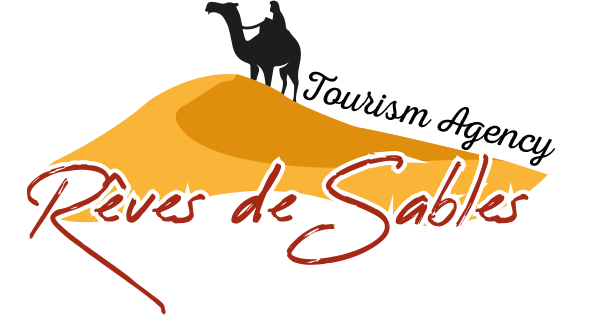
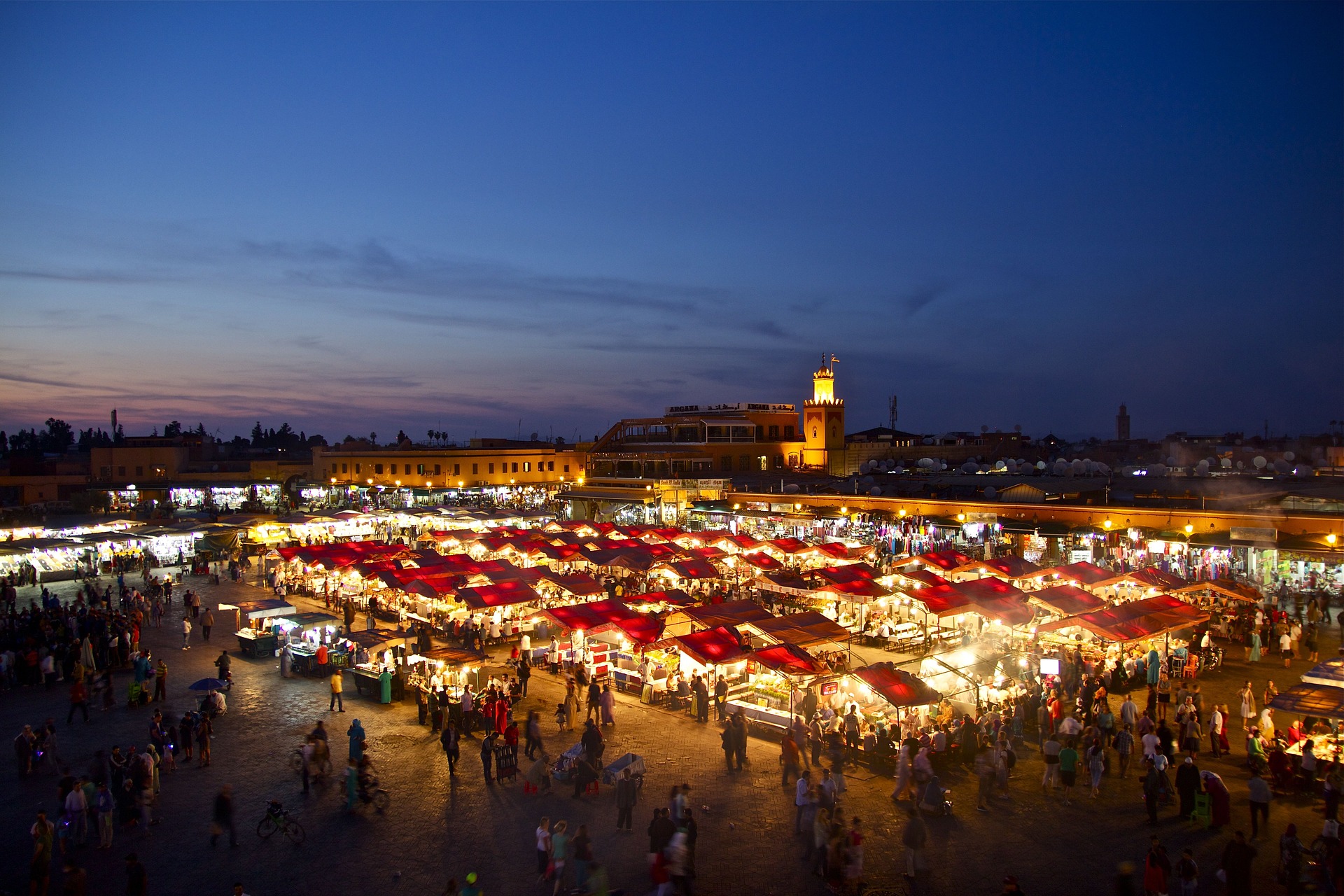
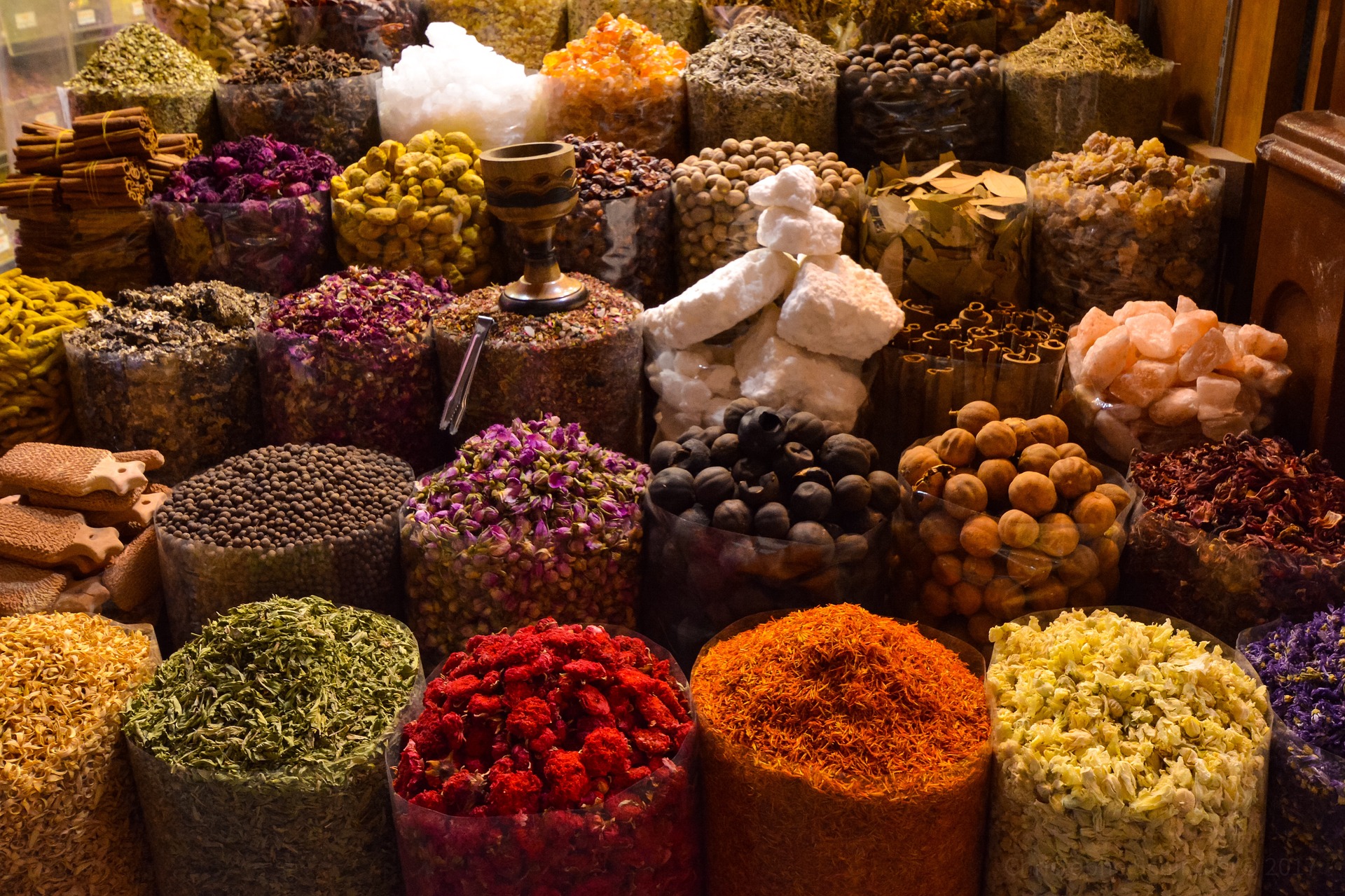
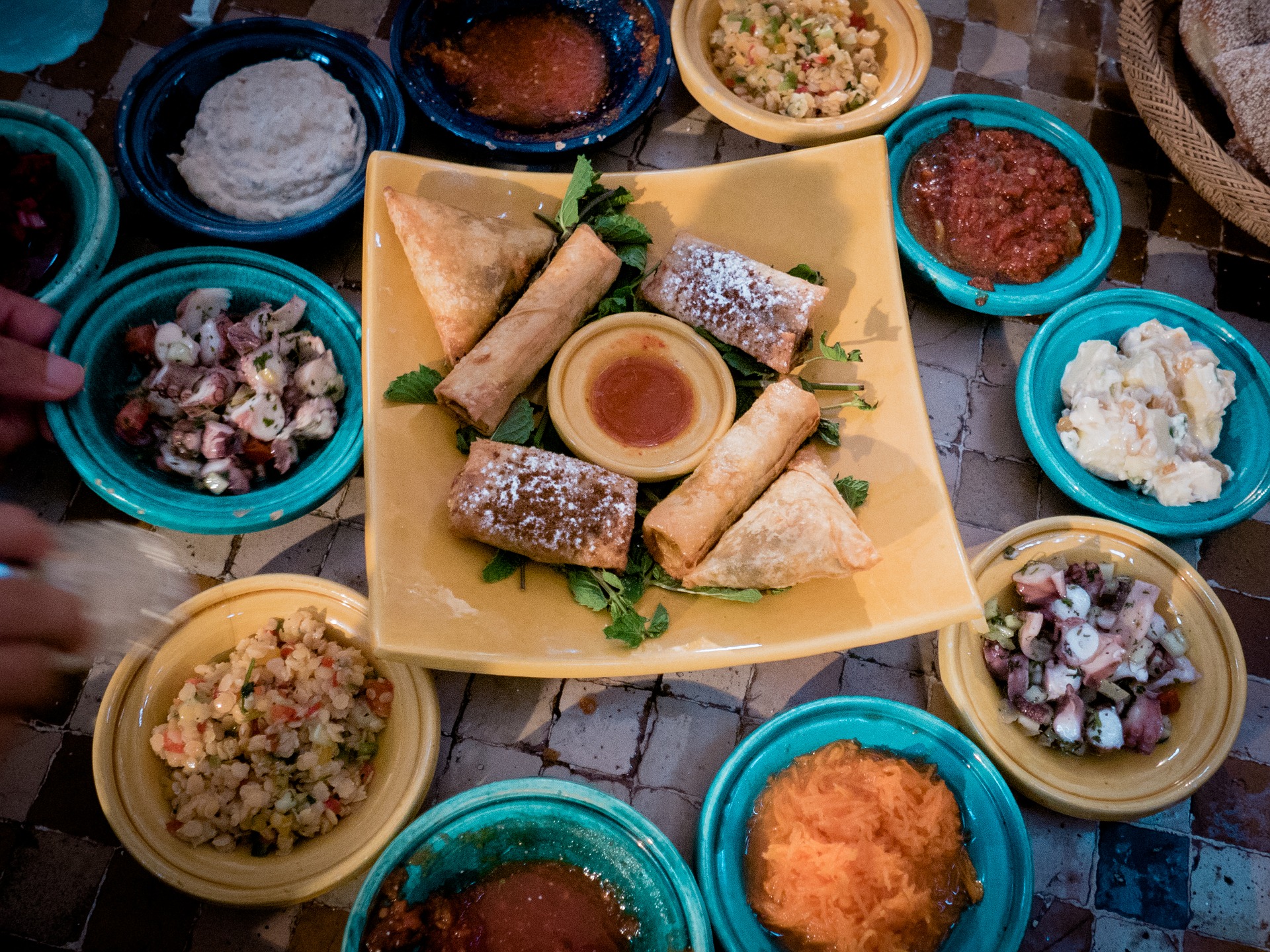

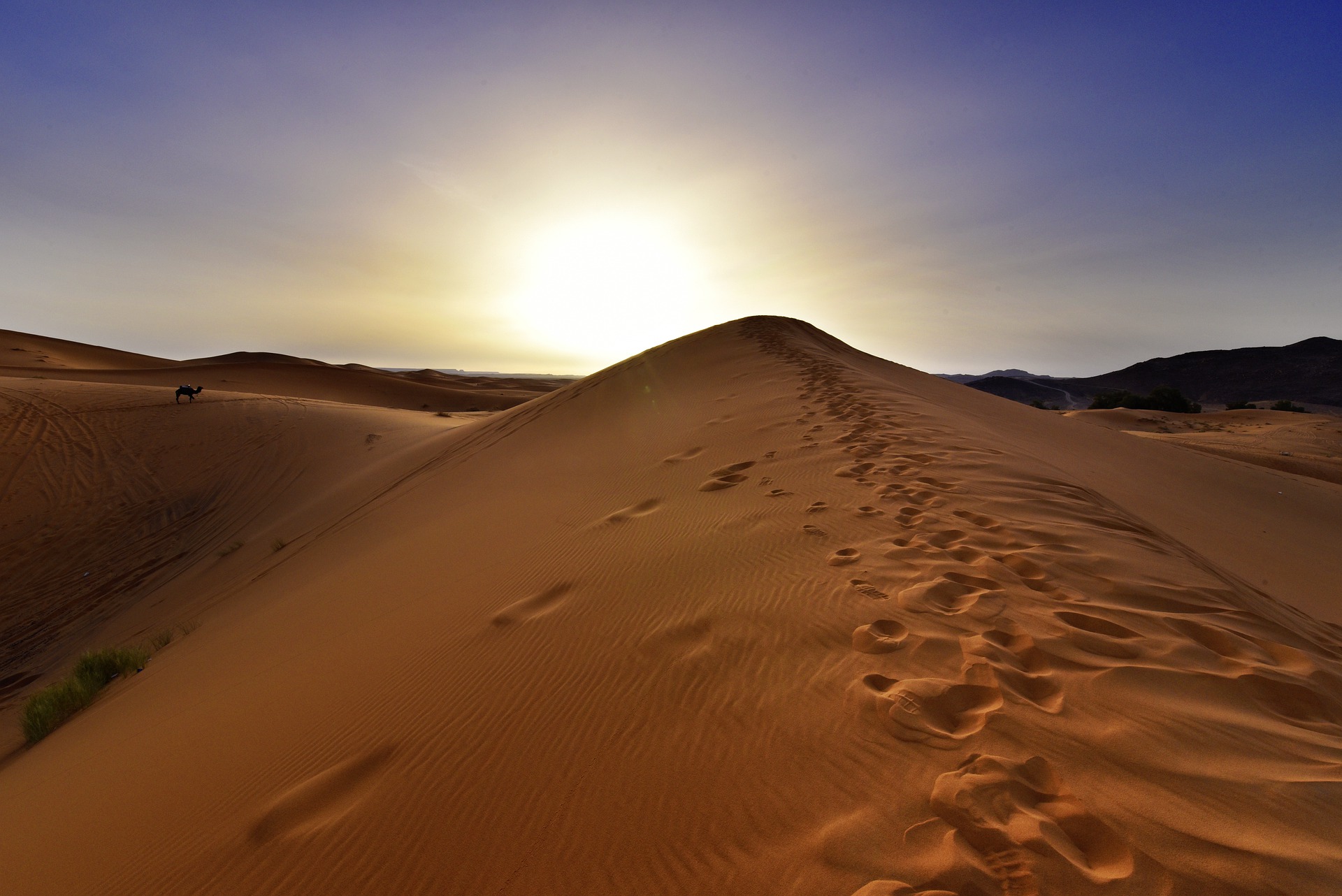
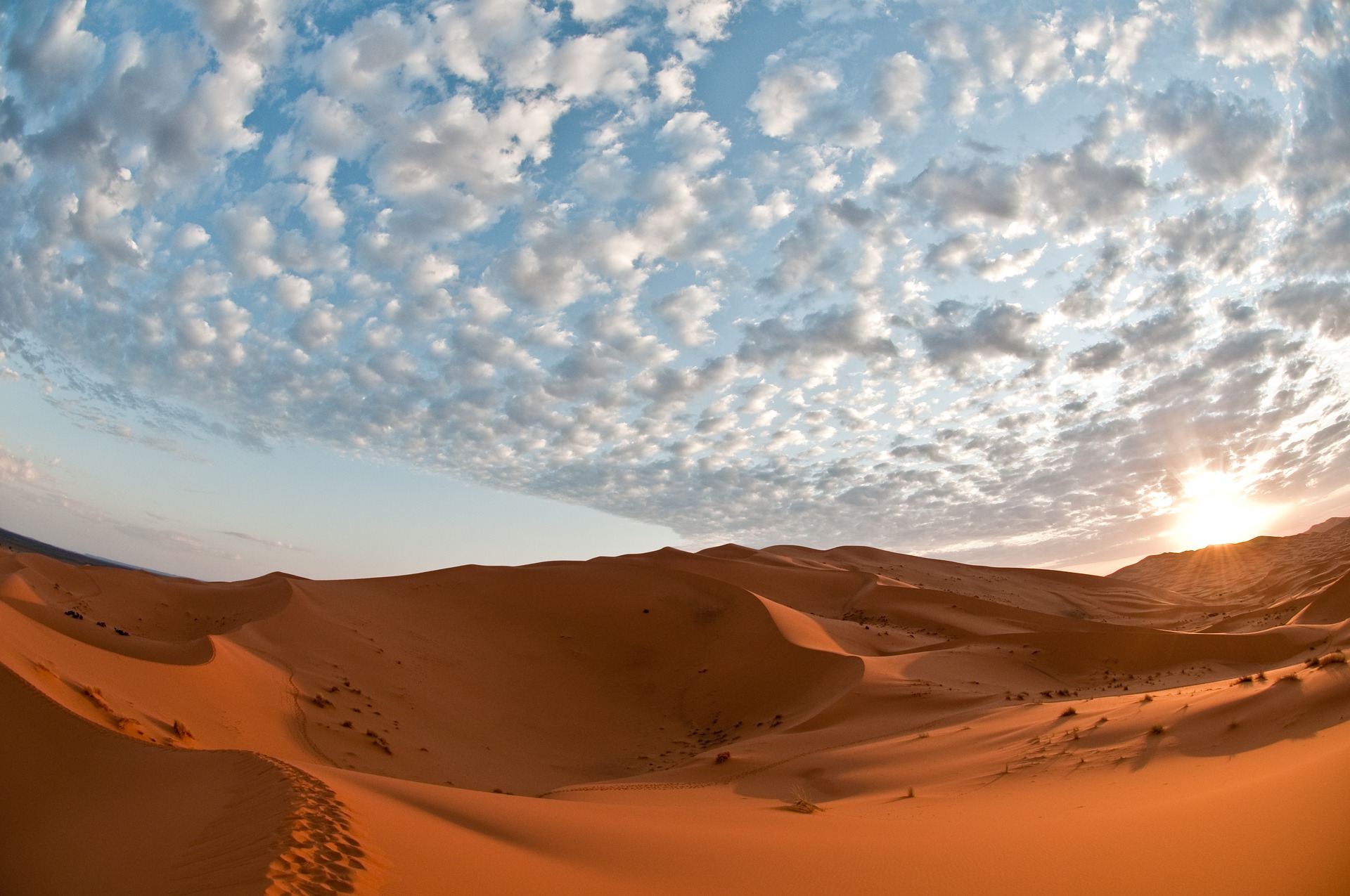
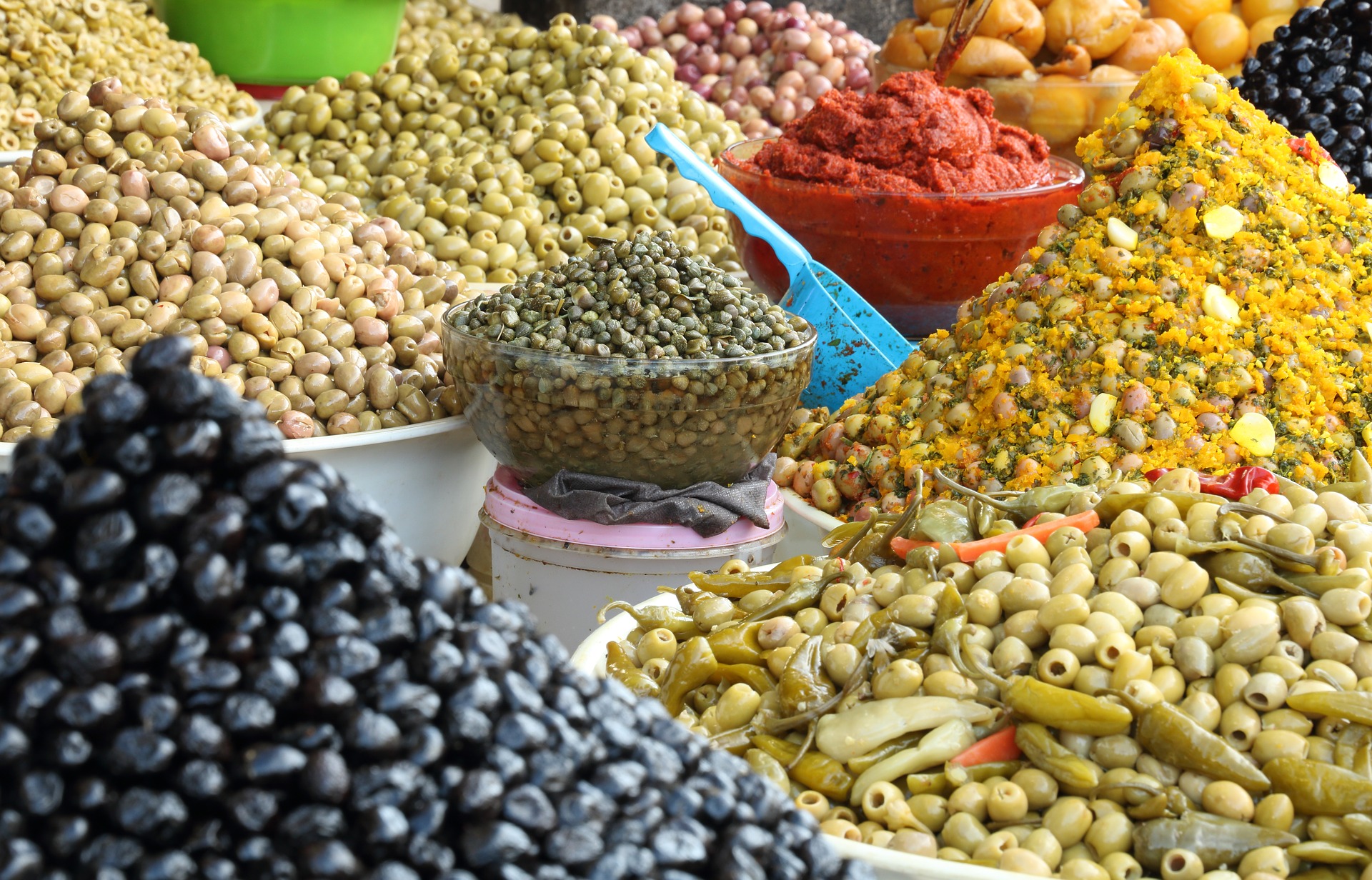
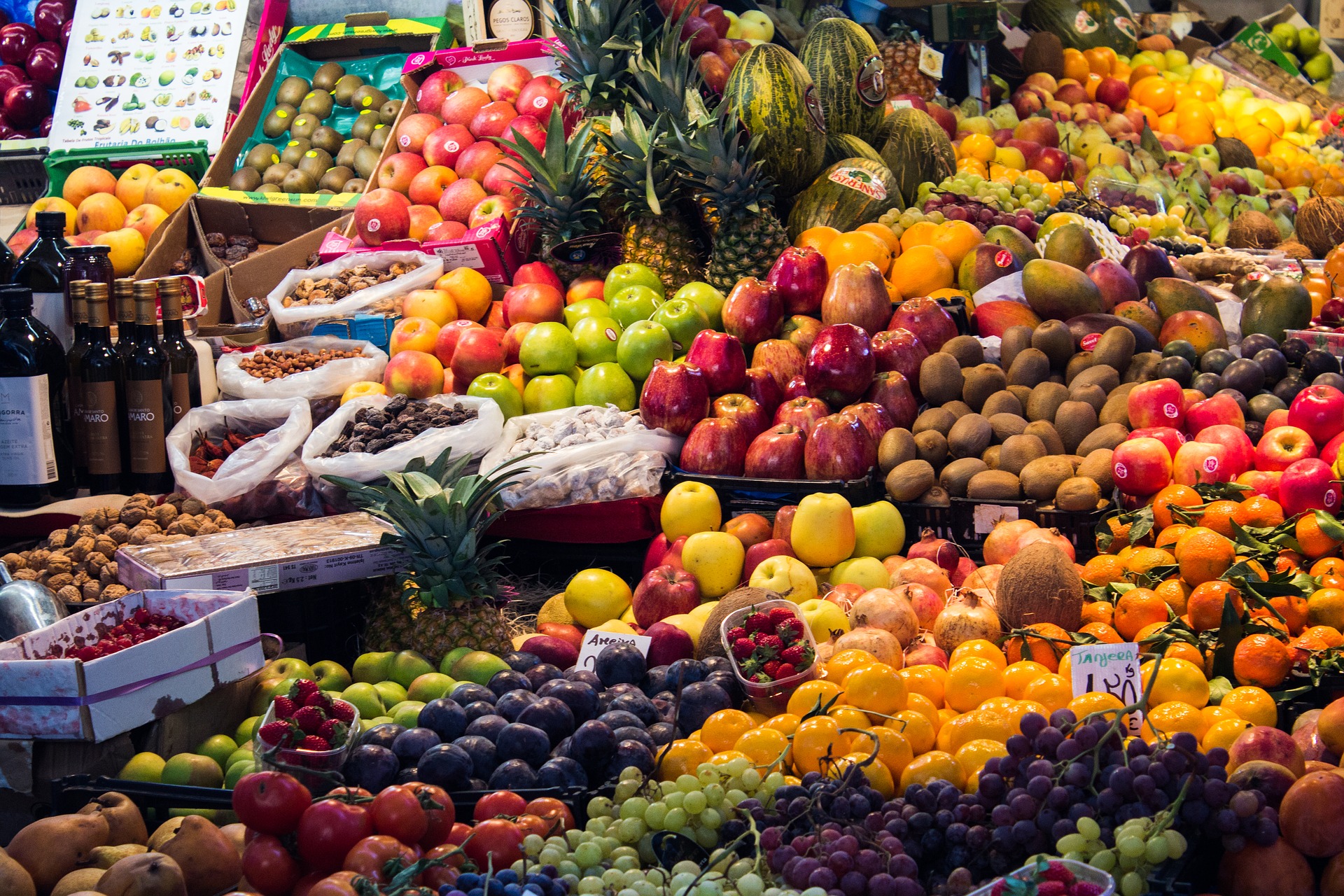



















Reviews
There are no reviews yet.